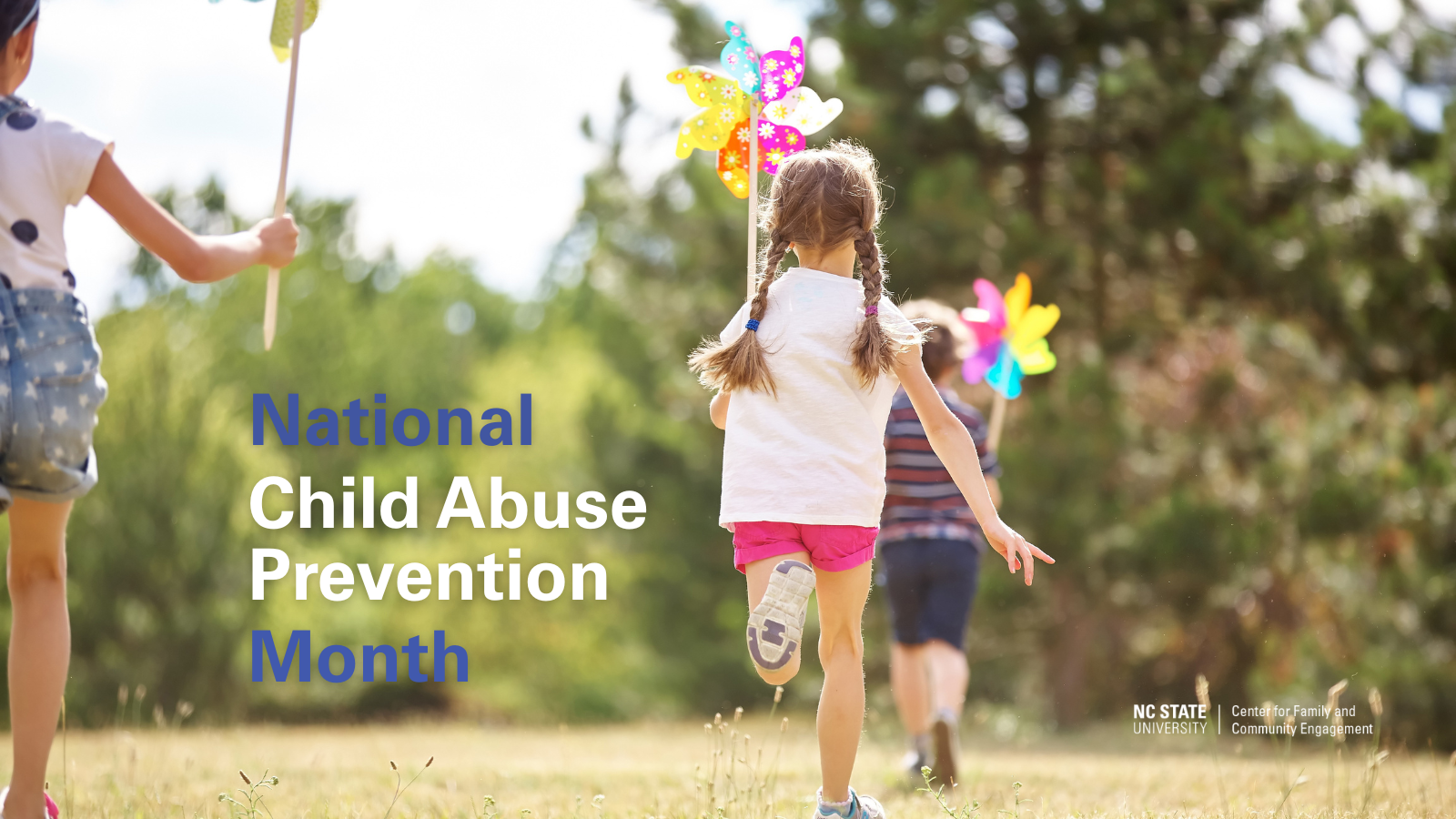The report is out!—Study highlights and questions for restorative approaches to intimate partner violence

Just posted—A National Portrait of Restorative Approaches to Intimate Partner Violence[i]—makes a much-needed contribution to the national debate on whether to use restorative approaches in situations of intimate partner violence (IPV). Frequently expressed and legitimate concerns are that power imbalances will endanger the persons harmed if they take part in restorative forums with the persons causing harm. A counter argument is that restorative approaches grow safety from within family and community networks and, thus, have the potential to reduce reliance on punitive systems of incarceration and family separation, that have severely impacted communities of color in the United States.[ii]
Thirty-five programs took part in this exploratory study, funded by the Office on Violence Against Women.[iii] The study examined why the programs were initiated and how they operated. Some of the main findings were:
- Most programs originated out of a strong sense that criminal legal interventions were ineffective in stopping IPV, and many wanted to provide more culturally responsive approaches;
- Their primary goals were to end violence, promote safety, advance empowerment, and change social norms sustaining IPV;
- They were mostly based in nonprofit organizations and offered voluntary services;
- Their main sources of referrals were state authorities such as criminal court, corrections, and child welfare;
- They usually worked in partnership with other community organizations, particularly local IPV programs;
- A range of restorative formats were used that reflected a debt to indigenous practices; these formats included community circles offering support and fostering accountability and family group conferences engaging participants in planning;
- Over the years, they developed measures to advance the safety and empowerment of persons harmed, encourage persons causing harm to take responsibility for their actions, and involve the community in preventing the reoccurrence of IPV; and
- The minority of programs that had had outcome studies reported positive results.[iv]
Restorative programs were connected to protective authorities through their referral systems, which meant that recourse was available as needed to state intervention. A major outstanding question, however, is whether marginalized populations such as in LGBTQ or immigrant communities would be better served by programs independent of state authorities.[v] This could raise trust in the process and lower risks such as of family separation. Today, there are a number of initiatives to test these assumptions.[vi] Nonetheless, whatever the programs’ relationship to state authorities, they move intervention away from a “crime logic” that views IPV within legal definitions and is based on responding to incidents rather than working with recurring patterns of coercion.[vii] Families and communities can raise awareness of the extent and impact of IPV and can offer hope of change that cascades outward beyond the people of immediate concern.
[i] Cissner, A., Sasson, E., Thomforde Hauser, R., Packer, H., Pennell, J., Smith, E. L., Desmarais, S., & Burford, G. (2019, October). A national portrait of restorative approaches to intimate partner violence: Pathways to safety, accountability, healing, & well-being. New York, NY: Center for Court Innovation. Available at https://www.courtinnovation.org/publications-RJ-IPV
[ii]INCITE! Women of Color Against Violence. (2016). Color of violence: The INCITE! anthology. Durham, NC: Duke University Press. Roberts, D. (2019). Black mothers, prison, and foster care: Rethinking restorative justice. In G. Burford, J. Braithwaite, & V. Braithwaite (Eds.), Restorative and responsive human services (pp. 116-126). New York, NY: Taylor & Francis/Routledge.
[iii] This project was supported by a grant from the Office on Violence Against Women, U.S. Department of Justice (award 2016-SI-AX-0001). The opinions, findings, and conclusions or recommendations expressed in this publication are those of the authors and do not necessarily reflect the positions or policies of the U.S. Department of Justice.
[iv] For example, Mills, L. G., Barocas, B., Butters, R. P., & Ariel, B. (2019). A randomized controlled trial of restorative justice informed treatment for domestic violence crimes. Nature Human Behavior, 1-11. doi:10.1038/s41562-019-0724-1
[v] Kim, M. E. (2018). From carceral feminism to transformative justice: Women-of-color feminism and alternatives to incarceration. Journal of Ethnic & Cultural Diversity in Social Work, 27(3), 219-233 doi:10.1080/15313204.2018.1474827
[vi] For example, First Lady Chirlane McCray announces groundbreaking city initiative to intervene in and reduce domestic violence. May 2, 2018, City of New York. Retrieved from https://www1.nyc.gov/office-of-the-mayor/news/234-18/first-lady-chirlane-mccray-groundbreaking-city-initiative-intervene-and-reduce
[vii]Coker, D. (2016). Crime logic, campus sexual assault, and restorative justice. Texas Tech Law Review, 49, 147-210.


